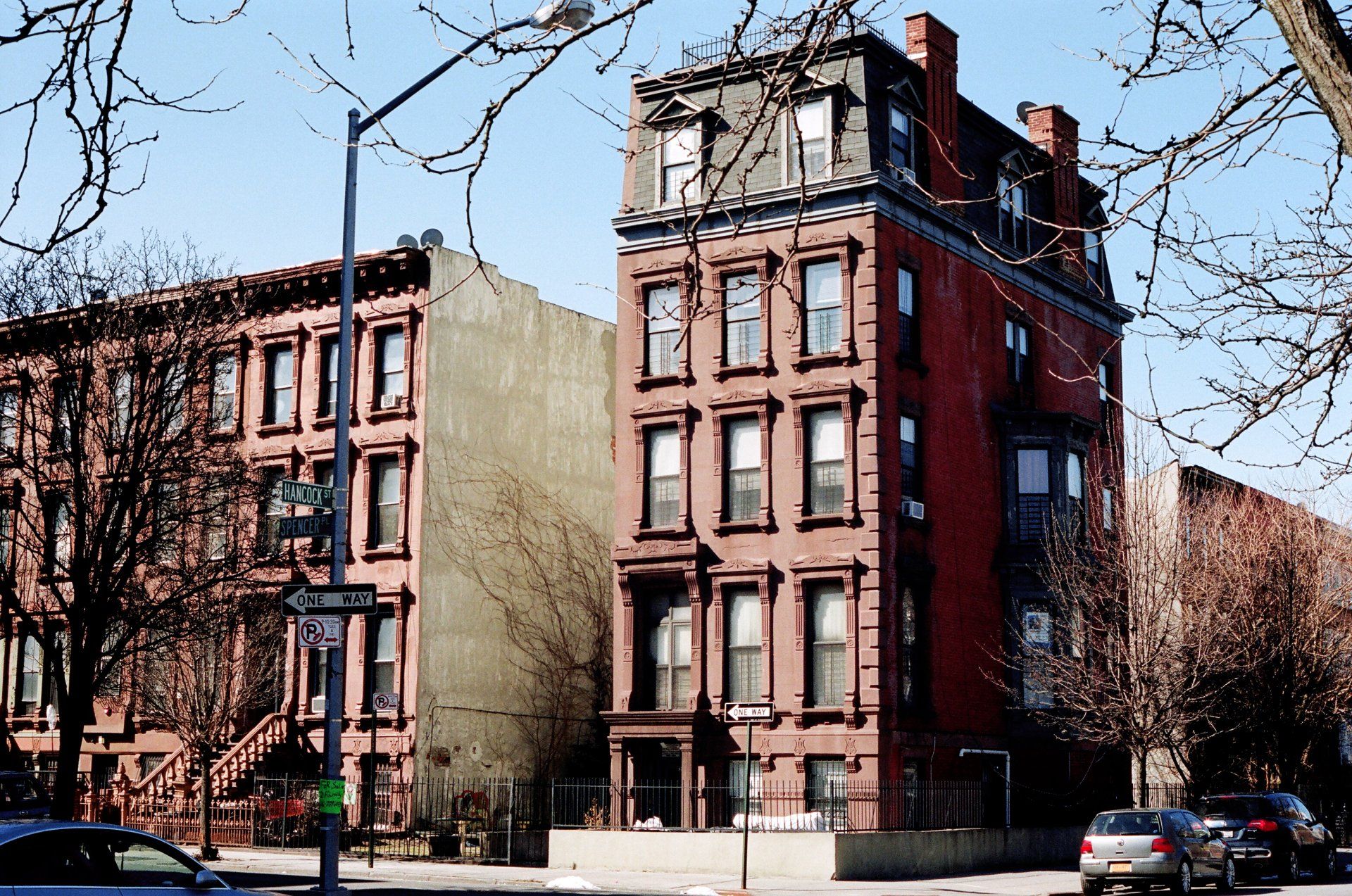The Impact of Gentrification in Urban Neighborhoods

Gentrification is a term that has become increasingly prominent in discussions about urban development. As cities evolve and grow, neighborhoods often undergo transformations that bring both positive and negative changes. In this blog post, we will explore the multifaceted impact of gentrification on urban neighborhoods, delving into the social, economic, and cultural dimensions of this complex phenomenon.
I. Understanding Gentrification
Gentrification is a process characterized by the revitalization and upgrading of urban neighborhoods. It typically involves an influx of investment, increased property values, and changes in the demographic composition of the area. While these changes can contribute to economic growth and improved infrastructure, they also raise concerns about displacement, cultural shifts, and social tensions.
II. Positive Impacts of Gentrification
- Economic Growth: Gentrification often brings economic benefits, including increased investment, new businesses, and job opportunities. These developments contribute to a more vibrant local economy, attracting further interest and potential for growth.
- Improved Infrastructure: One of the positive aspects of gentrification is the enhancement of infrastructure. Upgraded public spaces, parks, and transportation systems can improve the overall quality of life for residents, both old and new.
- Cultural Diversity: Gentrification can introduce cultural diversity as new residents and businesses bring different perspectives and experiences to the neighborhood. This infusion of diversity can enrich the community's cultural fabric.
III. Negative Impacts of Gentrification
- Rising Property Values and Displacement: One of the major drawbacks of gentrification is the rise in property values, leading to the displacement of long-time, lower-income residents. As neighborhoods become more desirable, landlords may choose to sell or renovate, pricing out existing residents.
- Loss of Community Identity: Gentrification can result in the loss of a neighborhood's unique identity. As new businesses and residents move in, the character of the area may change, leading to the erosion of the community's original charm.
- Social Tensions: The process of gentrification can create social tensions between existing and new communities. Issues such as unequal access to resources, cultural clashes, and differing economic statuses may arise, causing friction among residents.
IV. Balancing Act: Policies and Strategies
- Affordable Housing Initiatives: Policymakers face the challenge of implementing strategies to mitigate the negative effects of gentrification. Affordable housing initiatives, such as rent control and subsidies, can help address the issue of displacement and housing insecurity.
- Community Engagement: Engaging the community in the decision-making process is crucial. Residents should have a voice in shaping the future of their neighborhoods, ensuring that development aligns with their needs and values.
- Equitable Development: Promoting equitable development involves prioritizing projects that benefit the entire community, rather than catering solely to higher-income residents. This approach helps bridge the gap between different socioeconomic groups.
Conclusion
In conclusion, gentrification is a complex and nuanced phenomenon that impacts urban neighborhoods in various ways. While it brings economic growth and improved infrastructure, the negative consequences, such as displacement and cultural shifts, cannot be ignored. Policymakers and communities must work together to strike a balance, implementing initiatives that promote equitable development and preserve the unique character of neighborhoods. By navigating the challenges of gentrification thoughtfully, cities can foster inclusive urban growth that benefits all residents.






